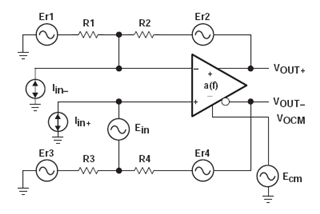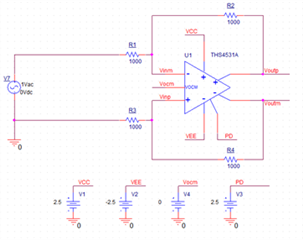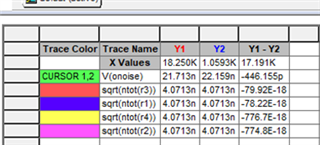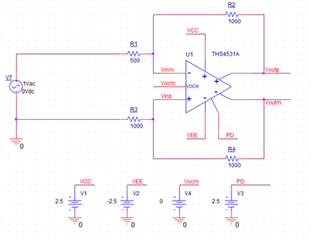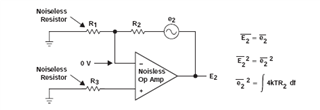Other Parts Discussed in Thread: THS4531A, TINA-TI
Hello,
I have one question related to the noise analysis on the THS4551 (but question is related to all FDA I guess).
I'm trying to calculate the noise gain when resistors aren't the same. Regarding the SLOA054E by James Karki, result is 2 / (Beta1 + Beta2).
I understand the calculation made on the SLOA054E but I don't understand why one half of Eod is attributed to each single ended on page 13.
1/ Is is just to simplified the calculation?
2/ In the real life, if I measure the differental noise, it will be the same than measured on each single ended output but multiplied by around sqrt(2), Am I wrong?
3/ Is it possible to calculate the noise gain using equation of §8 (like equation 15)?
Many thanks



